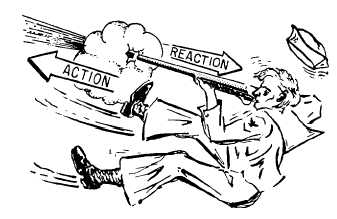Figure 6-5.—Newton’s third law of motion.
cruising range and reliability, but they have
a disadvantage when used in antisubmarine
warfare. Their low-frequency sounds travel great
distances through water, making them easily
detected by passive sonar. Steam turbines have
been combined with gas turbines in the steam and
gas turbine propulsion (COSAG) configuration
to reduce low-frequency sound. This configura-
tion requires more personnel to operate and does
not have the range of the diesel combinations.
Another configuration, the combined gas turbine
or gas turbine (COGOG) has also been successful.
The British County class destroyers use the 4,500
hp Tyne gas turbine engine for cruising and the
28,000 hp Rolls Royce Olympus engine for high
speed.
The U.S. Navy entered the marine gas turbine
field with the Asheville class patrol gunboats.
These ships have the CODOG configuration, with
two diesel engines for cruising, and a General
Electric LM 1500 gas turbine for operating at high
speed. As a result of the increasing reliability and
efficiency of new gas turbine deigns,
has now designed and is building
destroyers, and frigates that are entirely
by marine gas turbine engines.
BASIC ENGINE THEORY
the Navy
cruisers,
propelled
Newton’s third law of motion states that for
every action there is an equal and opposite
reaction. If you have ever fired a shotgun and felt
the recoil, you have experienced an example of
action-reaction (fig. 6-5). This law of motion
is demonstrated in a gas turbine by hot and
expanding gases striking the turbine wheel (action)
and causing the wheel to rotate (reaction).
Figure 6-6.—Turbine operating theory.
OPERATING PRINCIPLES
Figure 6-6 demonstrates the basic principles
of gas turbine operation.
A blown-up balloon (fig. 6-6, view A) does
nothing until the trapped air is released. The air
escaping rearward (fig. 6-6, view B) causes the
balloon to move forward (Newton’s third law).
If we could keep the balloon full of air (fig. 6-6,
view C), the balloon would continue to move
forward.
If a fan or pinwheel is placed in the air stream
(fig. 6-6, view D), the pressure energy and velocity
energy will rotate the fan and it can then be used
to do work.
6-3




